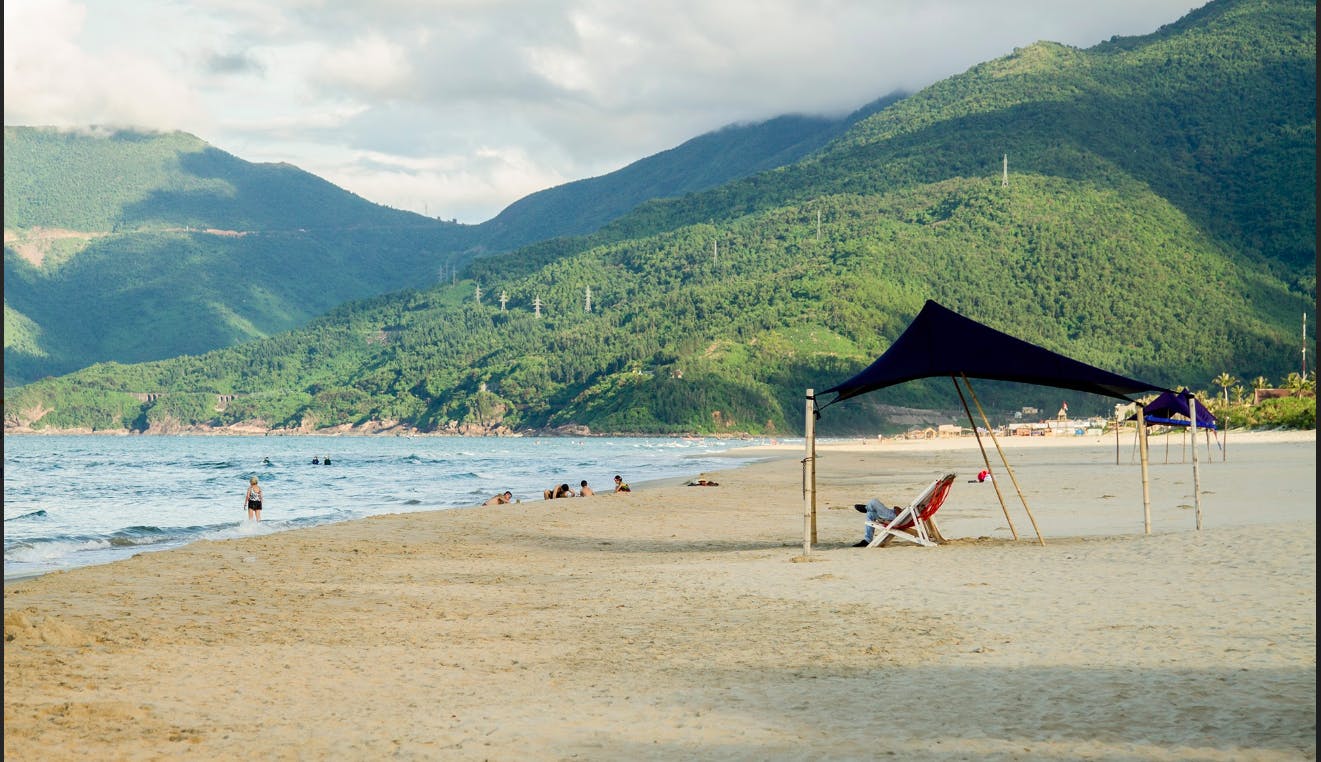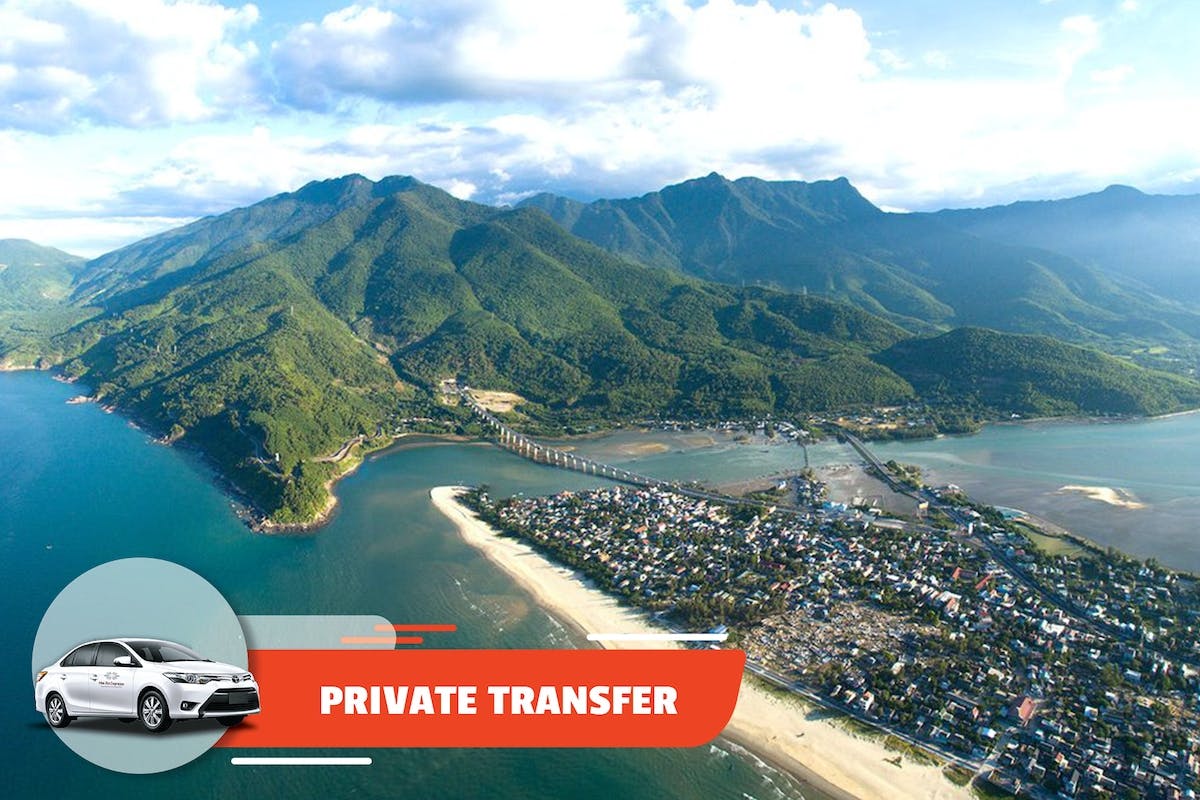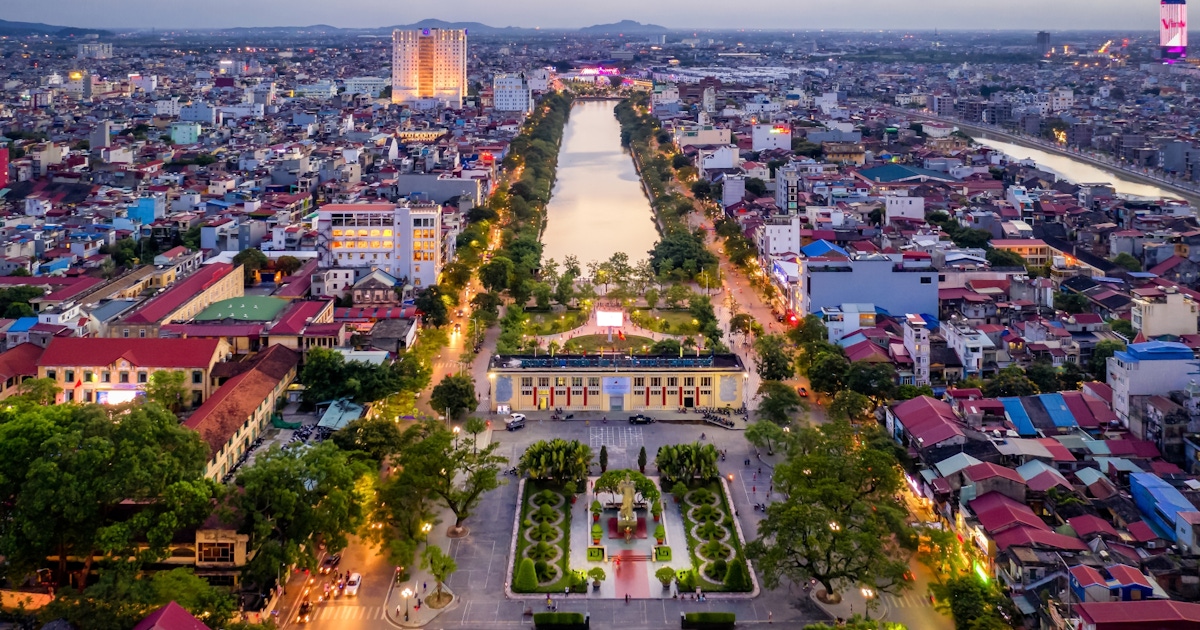Vietnam Winding along the coastline of central Vietnam, the Hai Van Pass, known as the “Ocean Cloud Pass,” stands as one of the most stunning roadways in the world. This 21-kilometer stretch of road, part of National Route 1A, traverses the Annamite Range and separates the Thua Thien-Hue Province from the city of Da Nang. For travelers seeking breathtaking views and a thrilling drive, Hai Van Pass is a must-visit destination.
The Breathtaking Beauty of Hai Van Pass
As you ascend the Hai Van Pass, the panoramic views unfold like a painting. The pass climbs to an elevation of 500 meters, offering awe-inspiring vistas of the South China Sea and lush mountains. The route is characterized by sharp turns, steep inclines, and a narrow roadway, making the journey as exhilarating as it is picturesque.
A Journey Through History
Hai Van Pass holds significant historical importance, serving as a strategic military post through the ages. The remnants of old fortifications, including a French-built fort at the summit, are silent witnesses to the pass’s past. These historical sites, combined with the natural beauty, make the pass a place of reflection and wonder.
The Road Less Traveled
With the construction of the Hai Van Tunnel in 2005, much of the heavy traffic now bypasses the pass. This has turned Hai Van Pass into a more serene and enjoyable route, primarily used by tourists, motorcyclists, and adventure seekers. The quieter road allows travelers to take in the scenery and experience the pass at a leisurely pace.
A Photographer’s Paradise
For photography enthusiasts, Hai Van Pass is a dream destination. Every turn offers a new perspective, from the azure waters of the ocean to the greenery of the mountains. The ever-changing weather adds to the dramatic scenery, with clouds often rolling over the road, creating a mystical atmosphere.
Local Culture and Cuisine
Along the route, small roadside stalls and cafes offer a taste of local Vietnamese cuisine and a chance to interact with the friendly locals. These stops provide not only a culinary experience but also a glimpse into the daily life of the people living in the shadow of the pass.
Tips for Travelers to the Hai Van Pass
Best Time to Visit: The best time to traverse Hai Van Pass is from February to April when the weather is clearer and cooler.
Safety First: Due to its sharp curves and steep inclines, it’s important to drive carefully, especially for those unfamiliar with the road.
Transport Options: The pass can be experienced by car, motorbike, or bicycle. Guided tours are also available for those preferring to leave the driving to others.
Conclusion
Hai Van Pass is not just a roadway; it’s an experience that encapsulates the beauty, history, and culture of Vietnam. Whether you’re a thrill-seeker, nature lover, or history enthusiast, the pass offers something for everyone. As you navigate its curves and soak in its views, the Hai Van Pass is sure to leave you with unforgettable memories and a longing to return to this scenic wonder of Vietnam.











